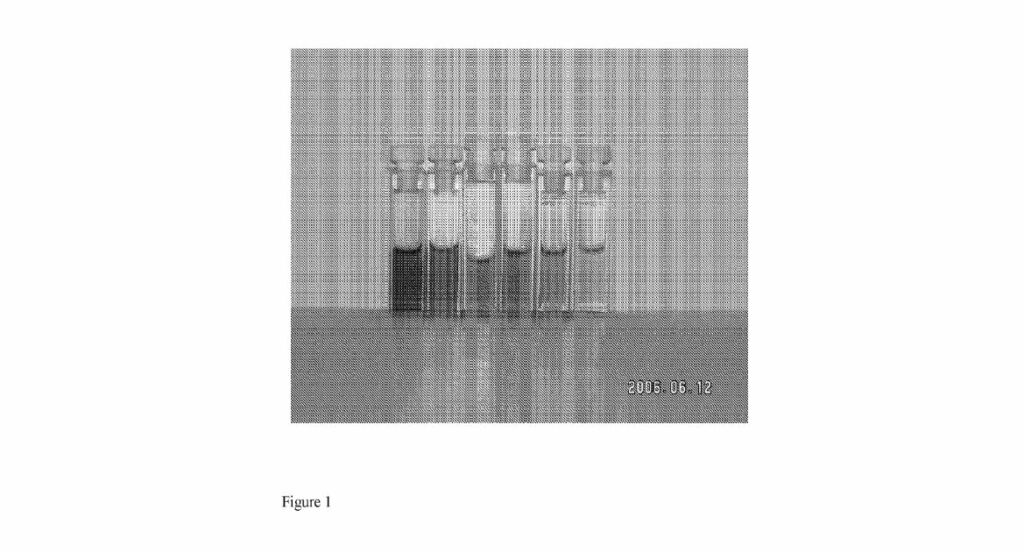In recent years, the quest for effective hydrogen storage has become a significant focus in the field of clean energy. With this focus in mind, the inventors at Texas Tech University System have filed a new patent titled “Method and Device for Storing Hydrogen.” The patent, filed on February 27, 2025, outlines a novel approach that may enhance the efficiency and practicality of hydrogen storage solutions.
The Challenge of Hydrogen Storage
Hydrogen is a clean fuel, with water as its only emission when used in a fuel cell. However, its efficient storage remains a challenge due to its low energy density per volume compared to other fuels. Traditional methods involve compression or liquefaction, which can be energy-intensive and costly. Thus, finding an alternative method of effective storage is key to unlocking hydrogen’s potential as a widespread clean energy source.
Technical Methodologies
The method detailed in this patent revolves around using a catalyst comprising a metal and silicon oxide or carbon, dissolved in a solvent. An innovative aspect of this method is the introduction and ultrasonic irradiation of hydrogen within the solvent. This process allows the hydrogen molecules to attach to the catalyst, resulting in what is known as a hydrogenated catalyst.
Subsequent to this, fullerenes are added to the solvent, and the hydrogenated catalyst and fullerene mixture undergoes another round of ultrasonic irradiation. The significance of this step is that it facilitates the transfer of hydrogen from the catalyst to form a hydrogenated fullerene. This compound offers promising potential for efficient and compact hydrogen storage.
The Role of Catalysts and Fullerenes
Catalysts play a critical role in the described method as they initially bind with the hydrogen molecules. By using ultrasonication, the inventors have taken advantage of advanced techniques to promote effective hydrogen attachment. Fullerenes, a form of carbon molecule, are then used to capture and store hydrogen which can later be released for energy use. This approach is potentially significant for producing a storage medium that is both lightweight and capable of holding large quantities of hydrogen safely.
Implications and Future Directions
Though the significance of this patent is not overstated, it represents an intriguing step forward in the field of hydrogen storage. By exploring the practical application of ultrasonication and carbon forms such as fullerenes, the Texas Tech University System inventors have provided insights into an innovative storage method. The method offers potential advantages such as simplicity of materials and processes involved, and adaptability to various industrial applications.
Further research and testing will be essential to evaluate the efficiency, scalability, and cost-effectiveness of this method in real-world applications. As the global energy landscape continues to shift towards sustainability, breakthroughs like this could contribute to a cleaner and more efficient energy future.





